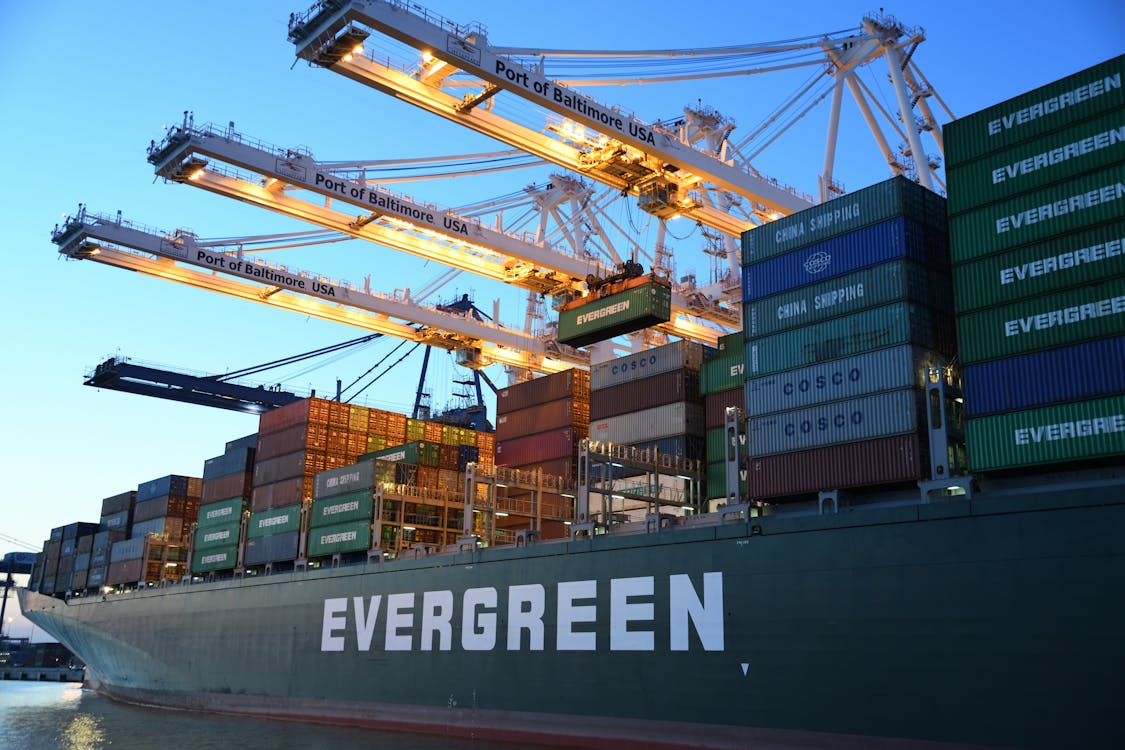While global trade keeps on growing, harbors are challenged with the massive workload of loading and unloading increasingly larger ships. To meet these demands, augmented reality (AR) and virtual reality (VR) technologies are being integrated into their operations. To maintain safety but also meet these fast growing demands, Siemens Cranes implement AR and VR, specifically to optimize efficiency and most importantly improve safety.
The traditional way of operating
Traditionally, crane operations involved manual controls and paper-based data management. With the introduction of computers and connected smart systems, ports now generate a large amounts of data. However, making this data useful in real-time used to be extremely challenging. AR tackles this by overlaying real-time operational data onto the operator’s field of view. This reduces cognitive load, allowing crane operators to make instant decisions based on live feedback, such as load distribution, equipment status, and environmental factors. This technology helps to increase precision, speed up operations, and enhance safety by providing immediate visual cues without having to shift focus (Whiteboard Session: Why Every Organization Needs an AR Strategy, 2018).
How AR and VR can be leveraged for efficiency
Siemens Cranes, for example, has developed simulation tools using AR and VR technologies to improve crane performance. Through digital twin technology (Digital Solutions for Harbor Cranes, n.d.) —a virtual replica of the crane—operators and engineers can simulate crane operations long before the physical equipment is installed. This allows them to identify potential problems, optimize workflows, and reduce commissioning time. The ability to test systems virtually also minimizes the risk of errors during live operations, making processes more efficient and reliable.
VR for training purposes
VR can also be used for training purposes in harbors. Instead of learning to operate a crane on actual cranes, with VR operators are now able to practice in an immersive virtual environments that is specifically designed to simulate real-world conditions. With the implementation of VR operators can train specific emergency scenarios, improve the response times, and enhancing overall safety without endangering personnel or equipment (COMOS Virtual Reality and Field Operator Training, n.d.).
Future impact on operations
The automation and predictive maintenance capabilities Siemens is working on further streamline harbor operations. By leveraging AR and VR Siemens Cranes aims for early detection of equipment errors, reducing downtime and maintenance costs. As port infrastructure becomes increasingly complex, these technologies are key to managing operations efficiently, ensuring that ports are ready for future growing demands.
References
COMOS Virtual reality and field operator training. (n.d.). siemens.com Global Website. https://www.siemens.com/global/en/products/automation/industry-software/plant-engineering-software-comos/virtual-reality-training.html
Digital solutions for Harbor Cranes. (n.d.). siemens.com Global Website. https://xcelerator.siemens.com/global/en/industries/cranes/harbor-cranes/digitalization.html
Whiteboard Session: Why every organization needs an AR Strategy. (2018, July 16). Harvard Business Revies. Retrieved September 14, 2024, from https://hbr.org/video/5809961699001/whiteboard-session-why-every-organization-needs-an-ar-strategy

